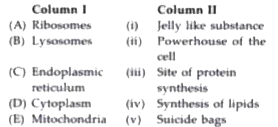Match column I with column II and mark the correct option from the given codes.
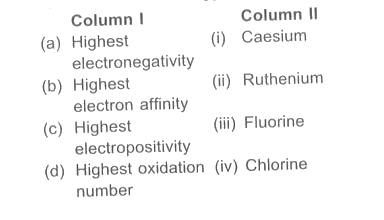
A
(a) - (i), (b) - (ii), (c) - (iii), (d) - (iv)
B
(a) - (ii), (b) - (iii), (c) - (iv), (d) - (i)
C
(a) - (iii), (b) - (iv), (c) - (i), (d) - (ii)
D
(a) - (iv), (b) - (i), (c) - (ii), (d) - (iii)
Video Solution
Text Solution
The correct Answer is:C
Fluorine being a non-metal and smaller in size, has the highest electronegativity. Chlorine has the highest electron affinity instead of fluorine due to interelectronic repulsions between the added electron and the other electrons in the electron cloud of small sized F atom. Caesium has highest electropositivity as it is an alkali metal having large atomic size and high metallic character. Ruthenium being a transition element shows highest oxidation number.
|
Updated on:21/07/2023
Topper's Solved these Questions
- BOOK - SCIENCE OLYMPIAD FOUNDATION CHAPTER - PERIODIC CLASSIFICATION OF ELEMENTSEXERCISE - ACHIEVERS SECTION (HOTS)5videos
PERIODIC CLASSIFICATION OF ELEMENTS
- BOOK - SCIENCE OLYMPIAD FOUNDATION CHAPTER - NSO QUESTION PAPER 2020 SET 2EXERCISE - ACHIEVERS SECTION2videos
NSO QUESTION PAPER 2020 SET 2
- BOOK - SCIENCE OLYMPIAD FOUNDATION CHAPTER - SAMPLE PAPER 4 (CLASS 10)EXERCISE - Section C- Science5videos
SAMPLE PAPER 4 (CLASS 10)
Similar Questions
Knowledge Check
- Question 1 - Select One
Match the Column I with Column II and mark the correct option from the given codes.
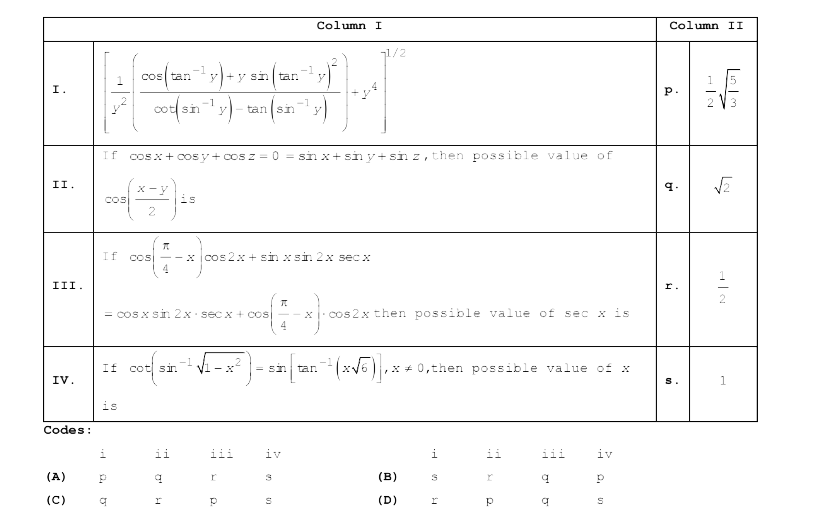 AiiiiiiivpqrsBiiiiiiivsrqpCiiiiiiivqrpsDiiiiiiivrpqs
AiiiiiiivpqrsBiiiiiiivsrqpCiiiiiiivqrpsDiiiiiiivrpqs - Question 2 - Select One
Match column I with column II and select the correct option from the given codes.
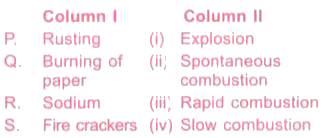 AP-(ii), Q-(iii), R-(i), S-(iv)BP-(i), Q-(iii), R-(ii), S-(iv)CP-(iii), Q-(iv), R-(i), S-(ii)DP-(iv), Q-(iii), R-(ii), S-(i)
AP-(ii), Q-(iii), R-(i), S-(iv)BP-(i), Q-(iii), R-(ii), S-(iv)CP-(iii), Q-(iv), R-(i), S-(ii)DP-(iv), Q-(iii), R-(ii), S-(i) - Question 3 - Select One
Match column I with column II and select the correct option from the given codes.
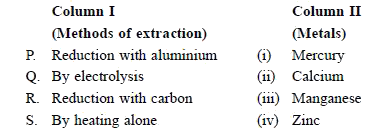 AP-(iii), Q-(ii), R-(iv), S-(i)BP-(iii), Q-(iv), R-(ii), S-(i)CP-(iv), Q-(iii), R-(i), S-(ii)DP-(ii), Q-(i), R-(iii), S-(iv)
AP-(iii), Q-(ii), R-(iv), S-(i)BP-(iii), Q-(iv), R-(ii), S-(i)CP-(iv), Q-(iii), R-(i), S-(ii)DP-(ii), Q-(i), R-(iii), S-(iv)
Match column I with column II and select the correct option from the given codes.
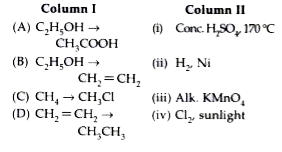 View Solution
View SolutionMatch column I with column II and select the correct option from the given codes.
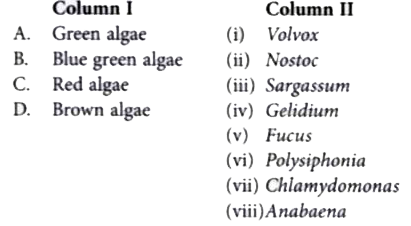 View Solution
View SolutionMatch column I with column II and select the correct option from the given codes.
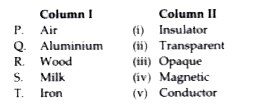 View Solution
View SolutionMatch column I with column II and select the correct option from the given codes.
 View Solution
View SolutionMatch column I with column II and select the correct option from the given codes.
 View Solution
View Solution



